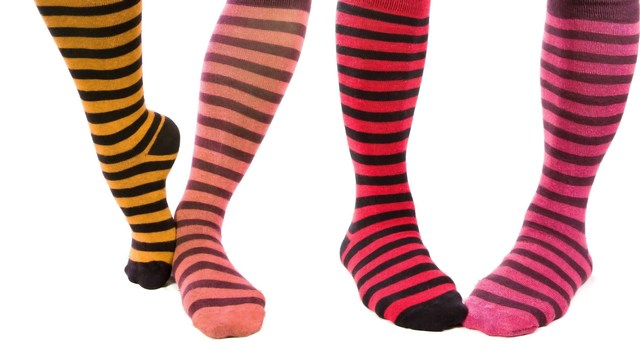 Photo: Getty Images
Photo: Getty Images
Researchers at the University of Michigan Medical School published a study this month showing that a tool called the Caprini Risk Assessment Model should be administered to patients prior to plastic surgery to reduce the risk of blood clots.
In an article published in the Journal of the American College of Surgeons and reviewed online by www.sciencedaily.com, a panel of more than a dozen physicians concluded that risk scores assigned by the Caprini RAM are valid predictors of which patients are more likely than others to develop post-surgical blood clots.
It’s helpful to understand a few terms. In the world of medicine, a blood clot is known as a thrombus. Venal thromboembolism (VTE), the focus of the University of Michigan study, is the process through which clots form and move through the system of veins in the body. DVT, or deep vein thrombosis, is the term used when clots form in deep veins of the body.
Clots can be troublesome in that they may impede blood flow, and as they move around they may reduce the supply of blood to an organ. The most dangerous situation occurs when a clot travels in the bloodstream to, then through, the heart, blocking the arteries leading from the heart to the lungs. This is called a pulmonary embolism, or PE, and it can be fatal.
The Caprini Risk Assessment Model assigns a score to patients based on a variety of risk factors. Some of them are: a history of VTE, cancer, age, obesity and pregnancy or oral contraceptive use. In studying the cases of more than 1,100 plastic surgery patients, those with a Caprini RAM score of 8 or higher had a greater than 10% risk of developing a post-surgical thrombosis. What’s more, the team found that those at higher risk experienced a clot as long as 60 days after surgery.
The review in www.sciencedaily.com notes that 10% of patients who develop a PE will die within an hour of having symptoms. Half of those who survive an episode will suffer permanent heart damage.
Well trained, board certified plastic surgeons are very aware of the possibility of blood clots after surgery. They know that the longer the patient is under general anesthesia and the more invasive the procedure, the greater the risk. Most have strategies for minimizing risk, such as getting you up and walking as soon as possible so blood doesn’t pool. Many also use compression garments and devices for the legs that periodically inflate to keep blood moving after surgery.
According to this latest study, however, only about half the plastic surgeons in the U.S. administer clot-preventing medications after surgery. The University of Michigan research team has now turned its attention to evaluating what frequency and duration of these medications should be considered for maximum effectiveness.
A plastic surgeon should always take a detailed medical history with an eye to assessing risks of all kinds, including the risks of thrombosis. He or she should also take a look at using the Caprini RAM, which prompts surgeons to include consideration of procedure details, such as whether a venous catheter will be used (indicating higher risk).
Although VTE is a pretty scary condition, know that the odds of developing a blood clot after surgery, much less a life-threatening clot, are small. But
if you’re headed for plastic surgery, or surgery of any kind, be sure to ask your doctor about how they will minimize your risk of developing VTE.
Even if you’re not planning surgery, visit the Center for Disease Control’s website at www.cdc.gov and search on “blood clots,” especially if you travel long distances or otherwise have to remain immobile for significant periods of time when blood can pool inside the body. You’ll be glad you understand more.
References:
http://www.sciencedaily.com/releases/2010/11/101118161313.htm
http://www.patienthealthinternational.com/venous-thromboembolism/





Add a CommentComments
There are no comments yet. Be the first one and get the conversation started!